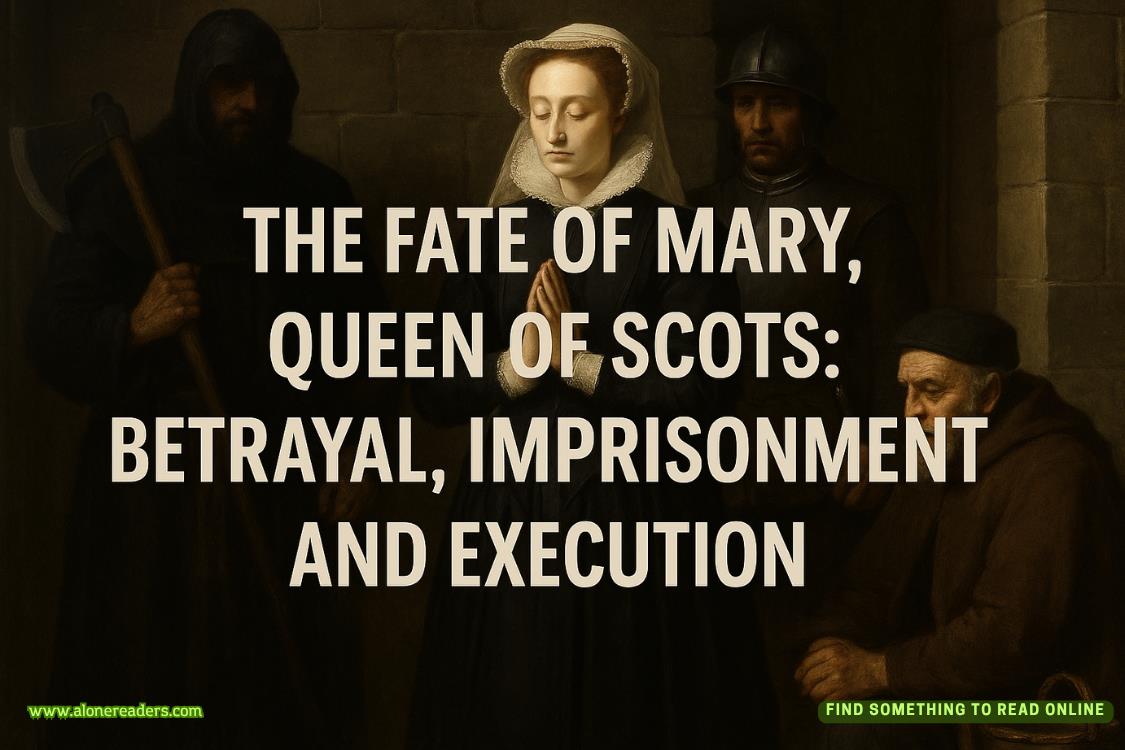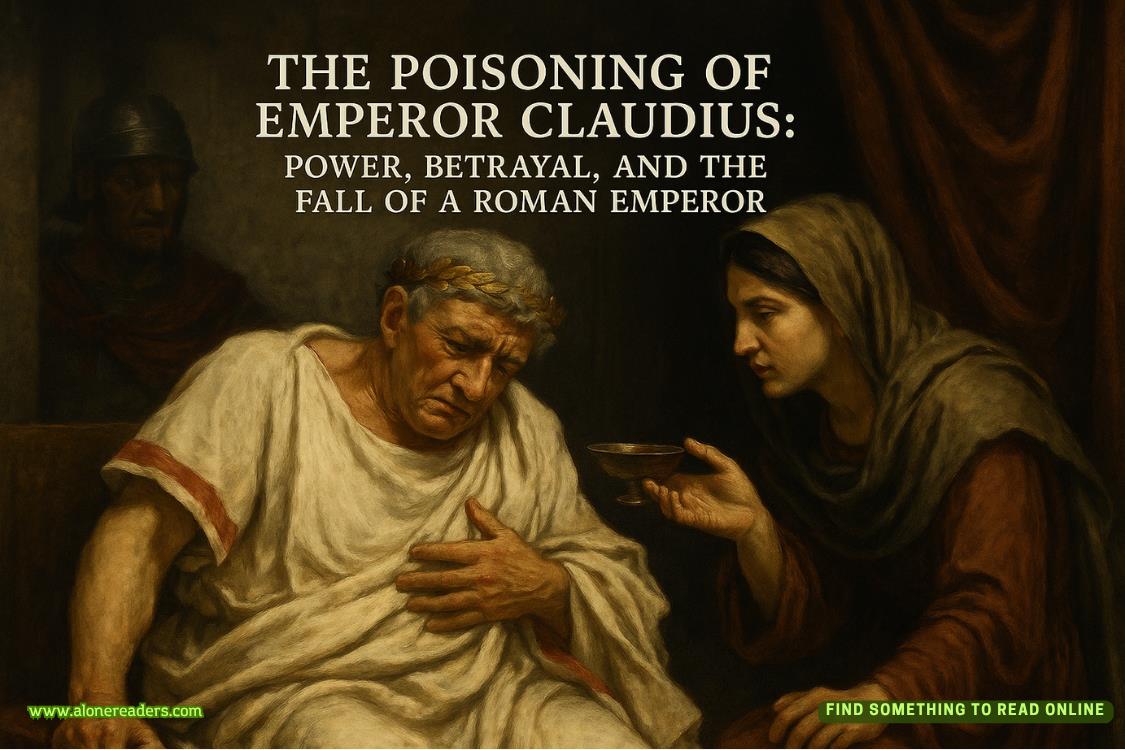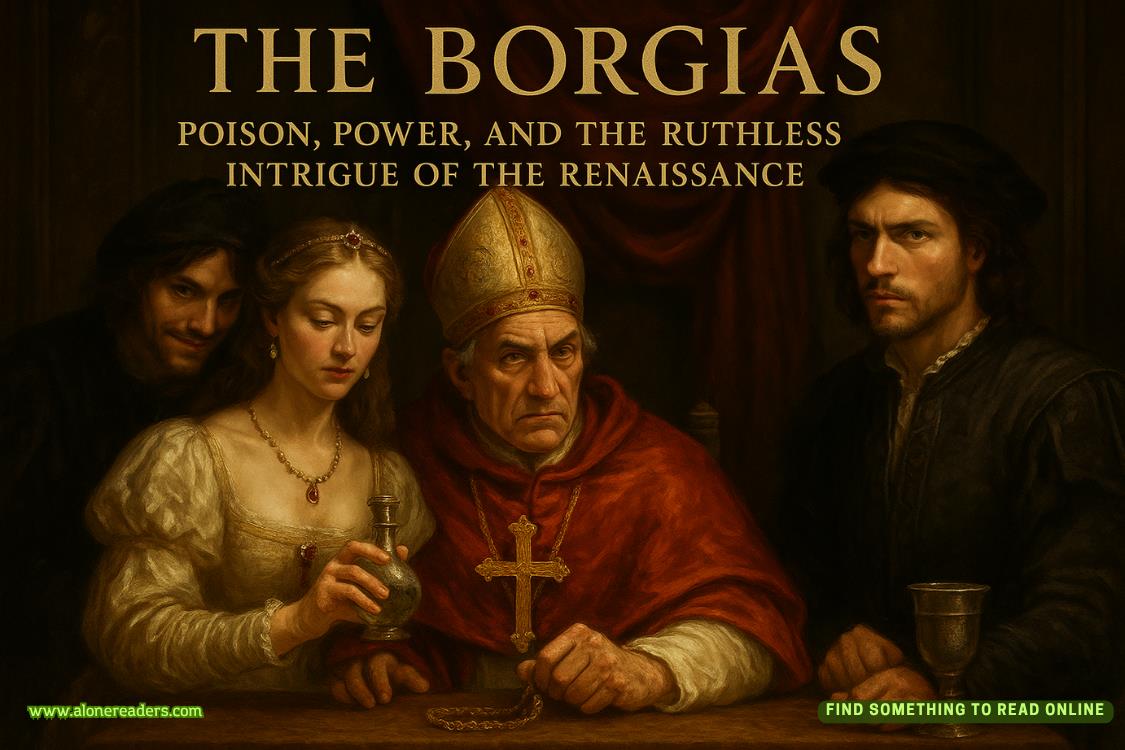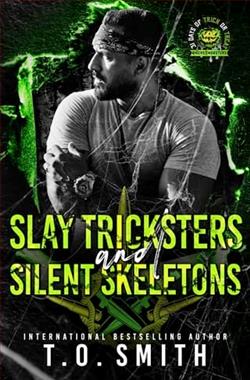Page 1 of Cry Havoc
PROLOGUE
Laos
May 1968
IT WAS THE ABSENCEof sounds that alerted him.
The jungle, itself a living, breathing creature, spoke to those who knew its secrets.
A pause in its natural rhythm was a warning; intruders had violated its sanctity.
The jungle is neutral.
That’s what Dad used to say after he got into the brown water.
That was a different time. A different war.
The jungle remains neutral.
Supposedly so did Laos, but only on paper. In reality, Laos allowed the NVA, the North Vietnamese Army, to resupply units in South Vietnam in direct violation of the 1962 Geneva Accords. To do so, they used the Truong Son Strategic Supply Route, known in the West as the Ho Chi Minh Trail. That was where MACV-SOG came in and why Thomas Reece, Gunner’s Mate First Class, SEAL, United States Navy, lay sweating on the jungle floor in the oppressive humidity beneath the triple canopy that kept his world in a perpetual state of dusk. His ears, nose, eyes, and mouth were under attack by hungry malaria-ridden mosquitos while theleeches that had found their way under his clothing were swelling to the size of thumbs with his blood.
MACV-SOG was the rather innocuous name for Military Assistance Command, Vietnam—Studies and Observations Group. With operators selected primarily from the ranks of the 5th Special Forces Group, MACV-SOG Recon Teams were tasked with prosecuting the secret war across borders in Laos, Cambodia, and North Vietnam. Though the team did “study and observe,” more often than not they brought death and destruction to the enemy on their home turf. They had become so effective that the NVA had deployed specially designated hunter-killer teams focused on neutralizing the SOG threat. Trained by the 305th Sapper Command, the NVA enlisted the assistance of expert local hunters and trackers, offering sizable bounties for any SOG personnel—dead or alive.
Tom ever so slightly tightened his grip on the chopped Soviet-designed Chinese-made 7.62 x 39 RPD machine gun. He had modified it by shortening the barrel and removing the bipod to give him a weapon that felt closer to Eugene Stoner’s famed Stoner 63 that Tom had carried on his last SEAL deployment in the Rung Sat Special Zone in the swamps of the south. Things were different in the mountains of Laos, but what remained the same was the need to unleash as much chaos as the gods of war would allow when there was no choice but to go kinetic.
A Montagnard mercenary lay an arm’s-length to his left. Another to his right. The name Montagnard came from the French and translated as “inhabitant of the mountains.” The indigenous fighters came from tribes of the Central Highlands and had formed a close alliance with American Army Special Forces teams.
The ’Yards had sensed it too; the specter of death that hung over them in the perpetual mists of the highlands was descending. Once the rain started, it would make it hard for aircraft to identify the small element on the ground, a complication that meant no air support. They would be on their own. A benefit would be that the rain would allow themto move more quickly through the jungle, masking the team’s movement. As they were well aware, it did the same for the enemy.
At present, it was not the twenty-two varieties of poisonous snakes that infested the jungle that concerned Tom Reece. Neither was it the venomous spiders or foot-long centipedes and their toxins, nor the tigers that would trigger the ancient superstitions of his Montagnard teammates. It was not even the elephants that had once trampled a SOG hide site. Tom’s primary concern was the element of NVA soldiers converging on his team’s position.
Don’t fucking move.
The team was arranged in a tight circle facing outward. As the One-One, Tom was second in command. The leadership role landed on Frank Quinn—the One-Zero—a veteran SOG operator with Native American blood who had forgotten more about running ops across the fence than Tom thought he would ever know. Their fellow SOG brethren called them the Odd Couple after the recent Neil Simon film starring Jack Lemmon and Walter Matthau, though none of them had yet seen it; new releases were hard to come by at FOB 1 in Phu Bai. Their partnership—one young Navy SEAL and one older Army Special Forces veteran—was unique in the annals of MACV-SOG, but it was hard to argue with their results. Quinn demanded the best, and Tom gave it. Even in the highly compartmentalized world of SOG, they had developed quite the reputation.
This operation was a typical wiretap mission to record transmissions along an NVA communications line. Upon returning to base, they would turn the physical recordings over to the intelligence analysts for exploitation. What made this task not so simple was that it was taking place across the border in Laos along the Ho Chi Minh Trail. Though they had removed the tape from the recording device and respooled the wires from where they had attached them to what amounted to a phone cable, their scent lingered. That meant they could be tracked.
Nothing was overlooked or left undone when it came to blending in.They had only eaten Vietnamese food with no spices for four days prior to the op. In Indian Country one wanted to smell like an NVA soldier. The entire team was under a no showers, no soap, no deodorant, and no smoking order in the lead-up to a mission. Detergent was never used to clean their olive drab fatigues. They had worn their op uniforms for three days before insertion and even took constipation pills to stuff them up while they were across the border.Leave no trace.
The two Americans and six Montagnards all wore sterile uniforms—no name tags, unit patches, rank, or any other insignia adorned their clothing. No dog tags were worn around necks or attached to boot laces, though Tom wondered why they bothered; the NVA knew all about SOG Teams and was well aware of the impact they were having in Laos, which was why Hanoi had diverted critical resources to training the teams hunting them.
In the jungle, one couldfeelan enemy before the other senses registered their presence, before one heard a twig snap, observed the unnatural movement of a branch or leaf, or smelled the dried hot peppers or strong nuoc mam fish sauce favored by the Vietnamese seeping from sweat glands. Sometimes an enemy element would patrol right through a SOG perimeter and continue on, never knowing how close they had come to discovering the teams that dared venture into denied territory. It was the smell of fear-laced sweat that could give one away in the jungle. You had to become a part of it and make it a part of you.
While Tom carried the RPD, Quinn armed himself with the CAR-15 as did each of their Montagnard teammates, aside from their point man who dressed like an NVA soldier and carried an AKM Type 56. Six members of the eight-man team carried three claymores each. The ’Yard point man and M79 gunner carried one. That gave Recon Team Havoc—as their FOB commander had designated the joint Frank Quinn, Tom Reece, Army-Navy team—twenty claymore mines, which was more than any other operational SOG element. Quinn had insisted on it. Thatstandard operating procedure had allowed Havoc to chain-link seven claymores just 10 feet away, the bold FRONT TOWARD ENEMY emblazoned on their green fronts. They were set against thick tree trunks to protect Havoc from the violent back blast of an amassed ten and a half pounds of C4. The detonation would send a combined 4,900 steel ball bearings ripping through the jungle at 4,000 feet per second, turning any living creature on the receiving end into pink mist.
Another five claymores were arranged behind them in a layered defense pattern attached to time fuses that would be primed as they passed by, beating a hasty retreat. To their flanks, the team had put out four toe poppers and two frag grenades on trip wires. Tom had replaced their standard 4.5-second fuses with smoke grenade fuses that had a zero-second delay.
Best-case scenario, the NVA would pass by completely unaware. Countless times Havoc had remained motionless as enemy soldiers stepped within feet of the camouflaged team, never the wiser.
Tom used all his senses to filter and assess information, including the sixth sense that Quinn preached was the most essential of all.If they can see you, they can hit you; if they can hit you, they can kill you. Don’t let them see you. And if you see them, you better shoot first. Do not hesitate.
If this went to shit, Tom would clack off the seven linked claymores. Four of the seven had Willie Pete grenades attached to their fronts, which would disperse gobs of burning white phosphorus into the approaching enemy. Tom’s element would then fall back, tapping Quinn as they passed. Quinn’s squad would remain online while Tom set up his section of the team at a slight offset. Quinn would then light the time fuse that would detonate his five additional claymores three minutes later.
In the resulting chaos, Havoc would make their escape. That was the hope. But as they all knew, things in the jungle rarely went as planned.
Forty millimeter—or mike-mike—grenades from their M79s were to be used next, followed by hand grenades. Their rifles and machineguns were a last resort. As soon as they started shooting, the NVA would know their precise location and concentrate all their fire in that direction. Weapons like the claymores, grenades, and 40mm mike-mikes kept the enemy guessing and would be Havoc’s primary means of deterrent until they had no choice but to go to the guns. They would then continue to fall back toward an emergency extraction point to be picked up by H-34 Kingbee helicopters flown by South Vietnamese Air Force pilots. If they could summon fast movers for CAS—close air support—they would bring down a world of hurt on their pursuers.If…
Tom remembered the days of his first deployment with SEAL Team TWO in the Mekong Delta where, as a new guy, he had carried the Ithaca Model 37 pump-action 12-gauge shotgun with duckbill attachment when walking point in blue jeans and Converse All Stars. That seemed like a lifetime ago when he and his fellow Men with Green Faces rained down hell on Viet Cong patrols from ambush sites in the mangroves along the River of the Nine Dragons as it meandered its way toward the South China Sea. The amount of firepower carried by his twelve-man SEAL Platoon caused the Viet Cong to think their force far exceeded their actual numbers. That was a different mission. Those were VC. In Laos they were dealing with the NVA, an army that had been trained by the Soviets.















